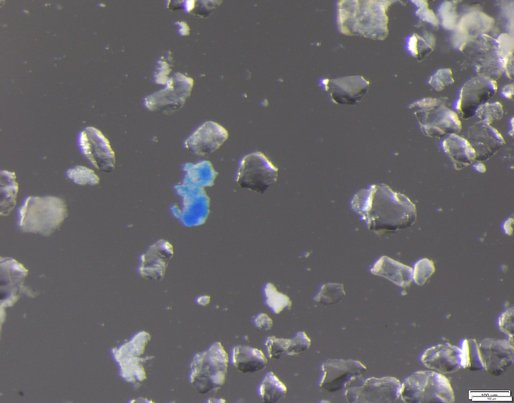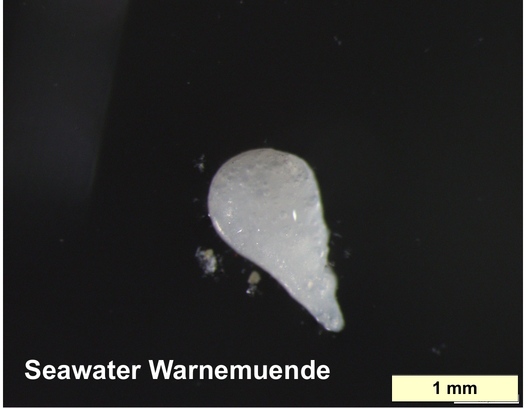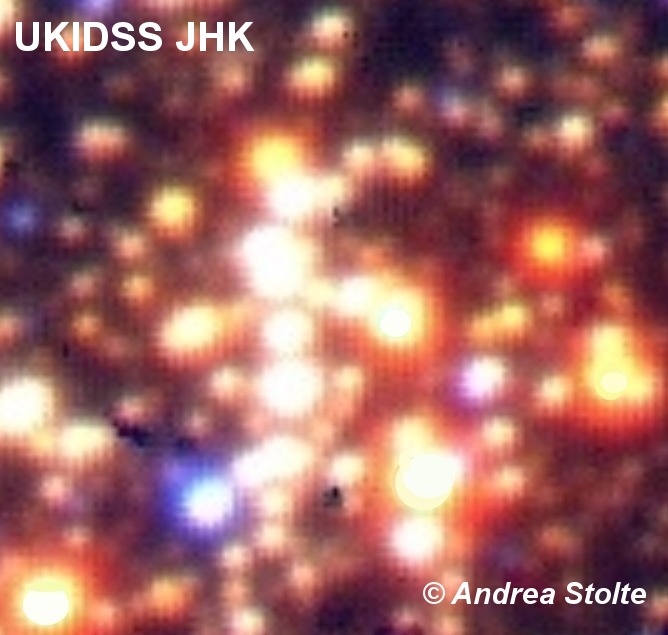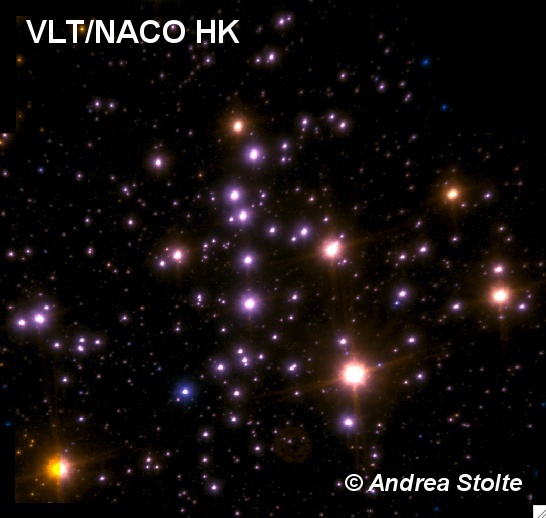Welcome
For almost two decades, I worked as an astrophysicist on the formation and evolution of young star clusters. During this time, I have followed the development of environmental sciences closely. Over time, it was my wish to move closer to Earth, and especially to work in marine science. The wish to work and live near the Ocean led me to study environmental sciences and protection in the long-distance study course at the University of Rostock. When I had to choose a thesis subject, marine ecology was the natural choice for my Master thesis.
Marine Ecology
My main scientific interest in marine ecology is marine pollution, especially plastic pollution. Plastic fragments are today omnipresent in the marine world. Given the large amounts of plastic packaging and products produced every year, and the difficulty to remove plastics from open waters and sediments, I consider mapping the distribution of plastics one of the most challenging measures in marine environmental sciences during the next few years. The topic of my Master thesis was the characterisation of the spatial and temporal distribution of microplastics along the German Baltic Coast. This project confirmed my sense that plastics are an increasingly visible and noticeable hazard to marine species, even known to be coming back to the human plate (see, e.g., Van Cauwenberghe & Janssen 2014).


Right: Plastic droplet with a length of almost 2mm detected in seawater drawn at Warnem\"unde beach.
More about my work on microplastics can be found here.
A more detailed motivation for switching from the stars to the marine world is given in the marine ecology section.
Astrophysics
As a research scientist in astrophysics, I worked on young starburst clusters in the Milky Way. Using infrared imaging and spectroscopy, I studied the initial mass distribution of young stars (termed the stellar initial mass function or "IMF"). My favourite tool to scrutinise young stars veiled behind dense interstellar clouds was adaptive-optics assisted infrared imaging. In astronomy, adaptive optics is a technique that allows to correct the atmospheric "twinkling" of stars to create very sharp (diffraction-limited) images. This technique leads to nicely resolved young star clusters, even at the large distance of 8 kpc in the centre of the Milky Way or in distant regions of the Galaxy's spiral arms.
From 2010 to 2014, I led an Emmy Noether research group funded by the German Science foundation (DFG) at the University of Bonn's Argelander Institute of Astronomy. Together with my two PhD students, we worked on young star clusters near the center of our Milky Way galaxy. Since my early PhD work, I am also very interested in the formation and dynamical evolution of young starburst clusters in the Galaxy's spiral arms. In collaboration with the Max-Planck-Institute for Astronomy in Heidelberg, I continued work on these star clusters outside the Galactic center as well. For the four most prominent starburst clusters in the Galaxy, we derived the distributions of stellar masses (the initial mass functions) and the fraction of circumstellar discs around massive stars. Especially in environments with a high density of foreground and background stars, the largest problem lies in the distinction between cluster members and field interlopers. For the first time in these starburst clusters, we used the proper motion of each star relative to its parent cluster to separate likely members from the large number of field contaminants. This helped the analysis of the present-day mass distributions in each cluster, but it was particularly crucial for the derivation of the disc fraction in the clusters near the Galactic center. Because of the violent environment, we did not expect any discs to survive for millions of years in these starburst clusters. These newly discovered discs might be the hosts of planet formation in the future, although this cannot be scientifically confirmed even with the most modern instruments at the present time.

